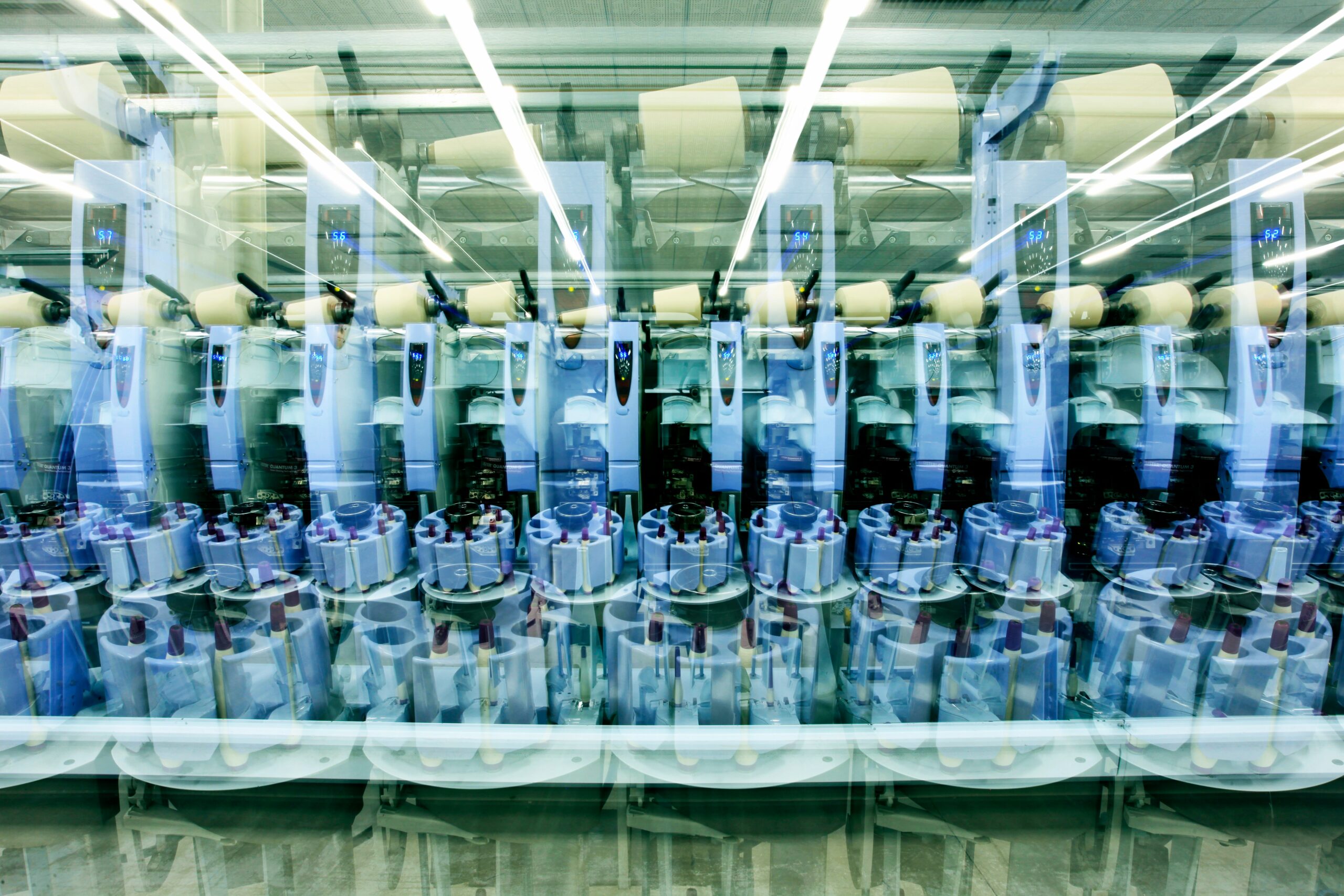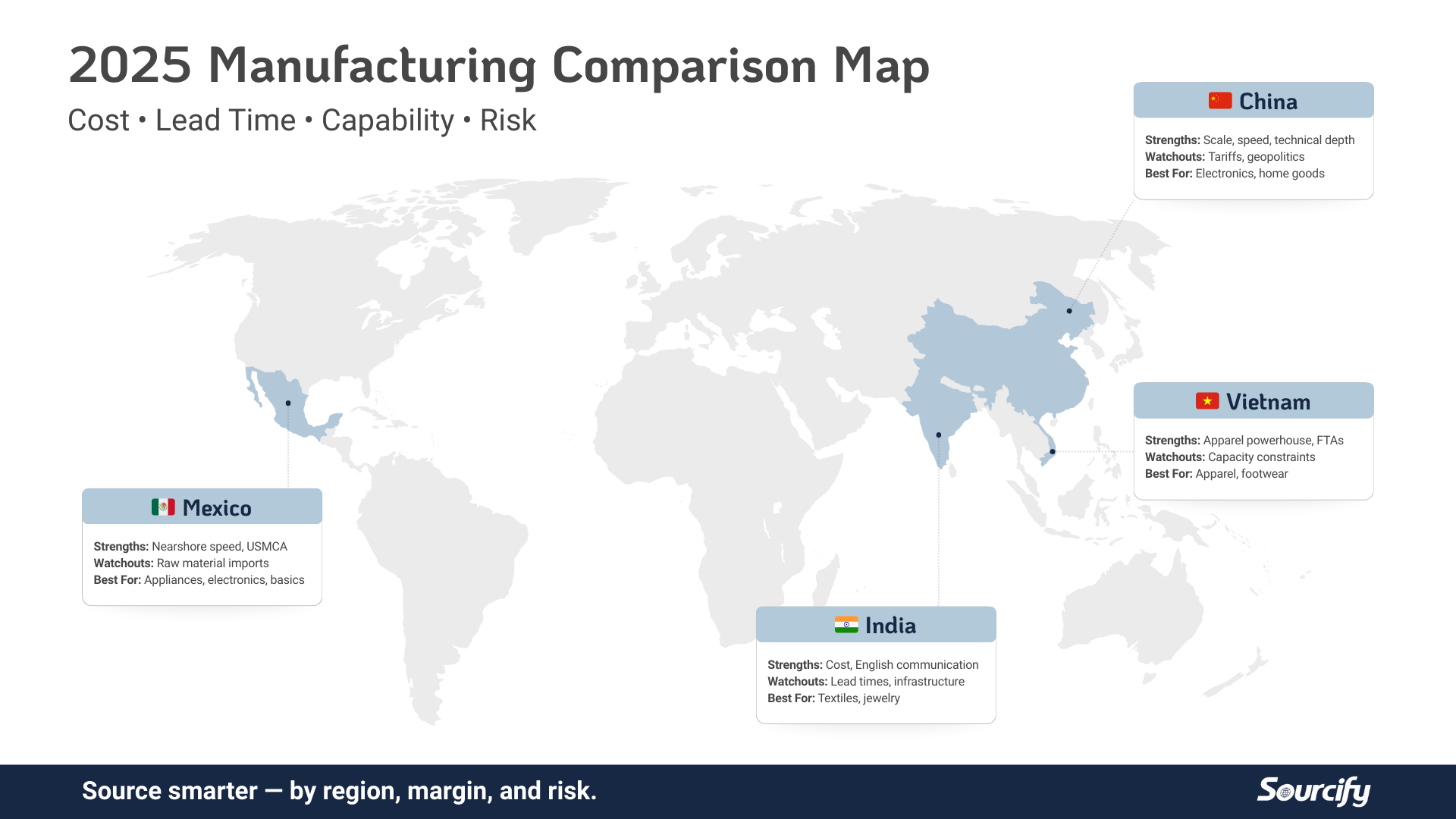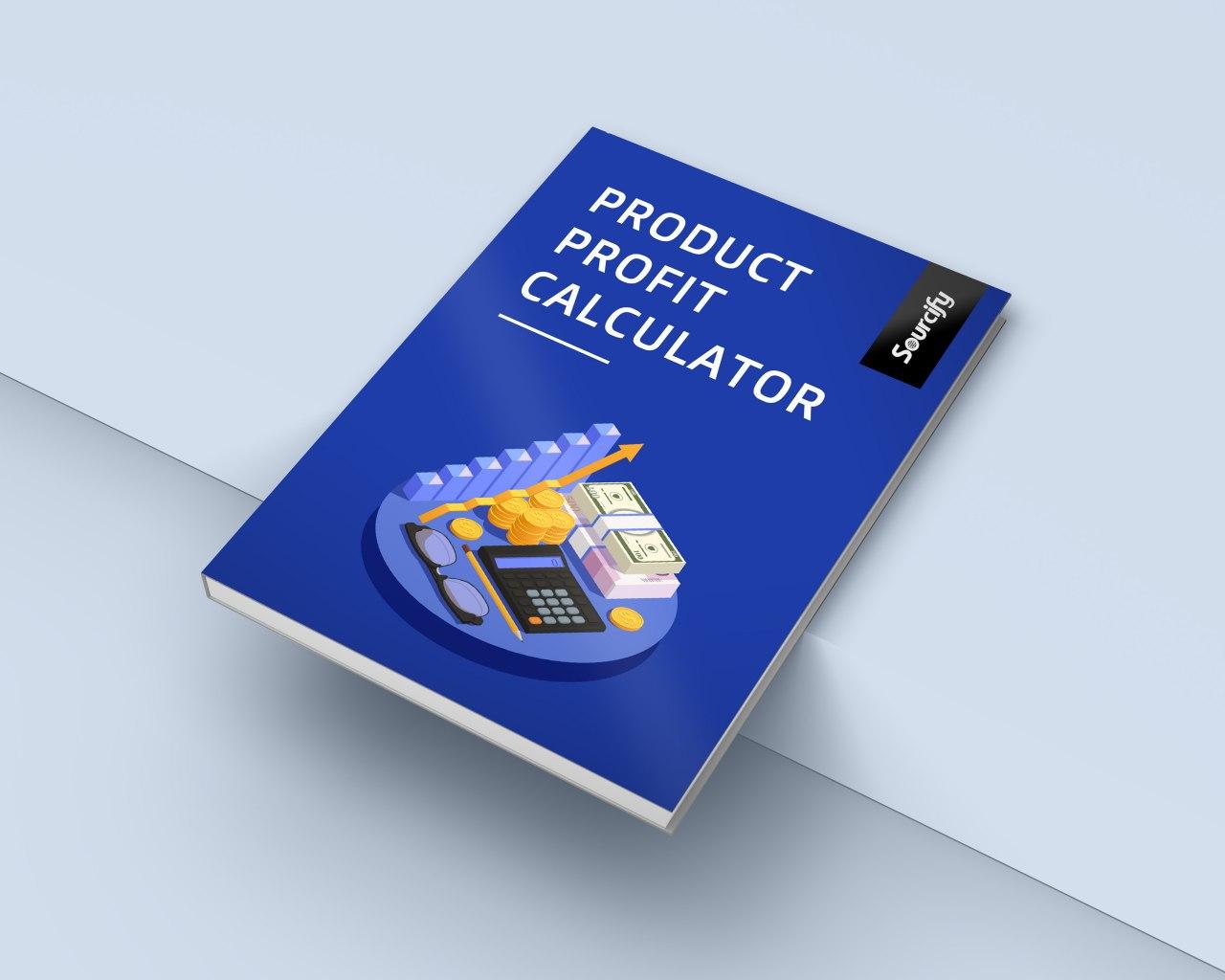Most skincare brands spend their lives fighting the same trade-off:
- Science or sustainability
- Results or values
- Clinical or “clean”
Medik8 built a billion-pound outcome by refusing to pick a side.
The UK brand started in a literal shed behind a family pharmacy, distilled anti-aging science into three letters — C–S–A— and grew for more than a decade through the slowest, least glamorous channel in beauty: medispas and dermatology clinics.
Fifteen years later, it’s one of Europe’s fastest-growing dermocosmetic brands and, as of 2025, majority-owned by L’Oréal in a deal reportedly worth around €1B.
This is not a “went viral on TikTok” story. It’s a case study in:
- Building around a clear framework (CSA)
- Winning via professional channels instead of pure DTC
- Using private equity as a scale partner, not just a cash-out
- Setting up a textbook strategic exit
Let’s unpack how Medik8 did it — and what founders can steal from the playbook.
From Backpacking Asia to “The Shed”: Elliot Isaacs’ Insight
Medik8’s story starts with Elliot Isaacs, a UK scientist with three degrees (physiology, pharmacology, biochemistry from University of Leeds) and zero interest in rushing into a corporate lab job.
Instead, he spent four years backpacking through Asia.
On paper, that sounds like a detour. In reality, it was R&D:
- He saw traditional herbal remedies used alongside modern medicine.
- He watched cultures treat skincare as daily ritual, not just a reaction to problems.
- He absorbed ideas around ethical consumerism: fair trade, sustainability, cruelty-free products.
Elliot came back to the UK seeing the gap clearly:
Clinical brands delivered results but felt cold, harsh, and intimidating.
“Ethical” brands led with values, but often lacked serious anti-aging performance.
He wanted both:
- Ethical + sustainable (cruelty-free, vegan, lower environmental impact)
- Clinically effective (real actives, real data, visible results)
Inspired by pioneers like Anita Roddick (The Body Shop), he went deeper than marketing. He sat in the British Library, going through dermatology papers to answer a simple question:
“If you strip anti-aging skincare down to what actually works, what’s left?”
The answer would become the backbone of the entire brand.
Distilling the Science Into Three Letters: C–S–A
After sifting through research and clinical data, Elliot kept coming back to three pillars with the strongest evidence:
- Vitamin C (antioxidant, brightening, collagen support)
- Sunscreen (prevents UV damage — the #1 driver of visible aging)
- Vitamin A (retinoids for cell turnover and long-term anti-aging)
Everything else is optimization. These three are the foundation.
So he turned that into a simple framework:
C–S–A
C in the morning (Vitamin C)
S during the day (Sunscreen)
A at night (Vitamin A / retinoids)
Instead of selling a 10-step routine, Medik8 sold a sequence.
Then he started formulating.
In his father’s pharmacy — nicknamed “The Shed” — Elliot:
- Worked on solving retinoids’ biggest problem: irritation + instability
- Created Retinol 3TR™, a waterless, gentler retinoid serum designed to minimize sensitivity
- Followed it with C-Tetra® Vitamin C serum and an SPF 30 sunscreen
Together, those SKUs formed the original CSA trio.
Early response? Strong enough that customers reportedly queued outside the pharmacy to buy Retinol 3TR. Not because the bottle was pretty, but because:
- Professionals could understand the science
- Consumers could understand the routine
That combination — deep rigor, simple language — is a recurring theme.
Choosing the Professional Channel First (On Purpose)
Most modern beauty brands hit one of two buttons:
- Go DTC and pour money into Meta
- Fight for Sephora/Ulta shelf space as fast as possible
Medik8 went a completely different direction.
From day one, the brand focused on professional channels:
- Dermatology clinics
- Medispas and aesthetic clinics
- Skincare therapists and estheticians
Why that bet made sense:
- Built-in trust.
If your value prop is “science-backed anti-aging,” having a dermatologist or trained therapist recommend your products is better than any influencer. - Education-driven sales.
Professionals are naturally consultative. They’re already explaining routines and ingredients — CSA gave them a simple story to tell. - High AOV and loyalty.
Clients don’t just buy one product; they buy the regimen their provider recommends and refill through that same channel.
Economically, the professional channel looks different from DTC/retail:
- Brands typically sell to clinics at ~40–50% off MSRP
- Clinics earn strong retail margins reselling at full price
- Consumer CAC is effectively outsourced to the professional, but you pay a B2B CAC in training, field teams, and distributor relationships
- Scale is slower, but penetration is deeper — once you’re in a clinic’s “backbar,” you’re part of their default recommendation set
For Medik8, that meant:
- Early growth was modest, largely around London and the UK
- But their first “influencers” were professionals who still recommend the brand 15 years later
For founders, this is an important strategic fork:
DTC buys you speed and data.
Professional buys you credibility and durable word-of-mouth.
Medik8 optimized for the latter.
Self-Manufacturing and Slow, Profitable Growth
Instead of chasing hypergrowth, Elliot and his brother Daniel Isaacs (who joined as Chief Product Officer) did something unfashionable:
- Manufactured in-house
- Grew patiently, reinvesting profits
- Let professional demand pull the business forward
From roughly 2014 to 2020, Medik8:
- Grew from ~£6.9M to nearly £19M in annual revenue
- Maintained 62–72% gross margins and 17–23% profit margins
- Expanded beyond clinics into:
- High-end pharmacies
- Specialty retailers (Harrods, Space NK, Sephora in select markets)
- A DTC ecommerce site, which got a COVID-era tailwind
By 2021, revenue hit ~£29.3M, up 55% YoY.
This is the opposite of the “blitzscale then fix the unit economics” play. Medik8 was already:
- Profitable
- Operationally disciplined
- Multichannel (professional + prestige retail + DTC)
That foundation made their next move possible.
Why Medik8 Chose Private Equity (Not VC) as a Scale Partner
By 2021, Medik8 had options:
- Keep bootstrapping and grow slowly
- Raise venture capital and sprint for DTC/retail dominance
- Sell to a strategic early and lock in a solid (but smaller) exit
- Or partner with private equity to professionalize operations and go global
They chose door four.
Enter Inflexion
In 2021, London-based PE firm Inflexion took a controlling stake in Medik8 in a “partnership capital” style deal:
- Likely valuing the business around £150–£200M
- Giving Inflexion 60–70% ownership
- Leaving the Isaacs brothers with a meaningful minority stake and ongoing influence
Why PE made sense here:
- The business didn’t need “risk capital” — it needed operational muscle
- European regulatory and manufacturing complexity favored a partner with systems, playbooks, and global roll-out experience
- A full strategic sale in 2021 would have capped founder upside; a PE partnership let them “sell once now, and again later”
What Inflexion Actually Did
This wasn’t a cost-cutting exercise. It was a scale-up:
- Leadership upgrade
- Elliot moved into a non-executive board role.
- In July 2023, Simon Coble (ex-FaceGym CEO, former MD for Europe & North America at The Body Shop) became CEO.
- Infrastructure step-change
- Built a ~100,000 sq ft Innovation Centre in the UK.
- Doubled factory capacity; expanded in-house R&D and formulation.
- Leaned into sustainable packaging, eco-friendly construction, and supply-chain transparency.
- Headcount & channels
- Tripled headcount to support global operations.
- Grew DTC ~6x, particularly in the U.S.
- Expanded retail and professional distribution across Europe, North America, and Australia.
By 2023:
- Revenue reached ~£45M with ~£15.6M in EBIT.
- By 2024, sales were estimated at €65–75M, up ~50% YoY.
- The business became truly multichannel: professional + pharmacy + prestige + DTC.
Inflexion turned a niche UK professional brand into a global, scale-ready platform — without breaking what made it special.
The L’Oréal Acquisition: A Dermocosmetic Perfect Match
In June 2025, L’Oréal announced it was acquiring a majority stake in Medik8 in a deal widely reported at around €1 billion.
On the numbers:
- Based on 2024 sales, that’s roughly a 13x revenue multiple
- On projected 2025 sales (~€100M+), closer to 9x forward revenue
- Inflexion kept a minority stake, with L’Oréal holding options to buy the rest later
Why L’Oréal was willing to pay up:
- Category fit
- Medik8 slots neatly into L’Oréal’s dermocosmetics portfolio (La Roche-Posay, CeraVe, Vichy, SkinCeuticals).
- It fills white space between “clinical boutique” and “mass derm,” with strong science at more accessible price points.
- Margin and financial profile
- Medik8’s gross margins are reportedly higher than L’Oréal’s average, making the deal margin-accretiveout of the gate.
- The business is profitable, not a cash-burning growth story.
- Global upside
- U.S. market still relatively underpenetrated.
- Massive headroom in Asia, the Middle East, and Latin America.
- L’Oréal has the distribution and regulatory machine to take Medik8 into 100+ countries.
- Proven playbook
- L’Oréal has done this before:
- Took CeraVe from ~$100M to $2B+ in under a decade.
- Scaled SkinCeuticals and other science-forward brands globally.
- L’Oréal has done this before:
In other words, L’Oréal isn’t just buying current revenue. They’re buying:
- A trusted professional + consumer brand
- A framework (CSA) that’s easy to evangelize
- A sustainable, science-driven platform they can likely grow to €500M–€1B+ in annual sales over 7–10 years
For Inflexion, the math is equally attractive: they likely 4–6x’d their money in ~4 years and still kept some upside.
For founders, this is a playbook in how to use PE as a bridge to a top-tier strategic exit.
Founder Takeaways From the Medik8 Story
You don’t have to be in skincare to learn from Medik8. A few big principles are portable across categories:
1. Turn Complexity Into a Simple, Ownable Framework
CSA isn’t a product claim. It’s a mental model.
- It distills thousands of pages of dermatology research into three daily actions.
- It’s easy for professionals to adopt and repeat.
- It’s easy for consumers to remember and build a habit around.
Ask yourself:
- What’s the 3-step, 1-line, or single number version of your value prop?
- Could a partner, retailer, or customer explain it in 10 seconds without you?
If not, you’re making them work too hard.
2. Don’t Sleep on the Professional / Expert Channel
Medik8 chose the harder, slower path first:
- Sell to professionals
- Earn trust via outcomes
- Let clinics and therapists become your first influencers
Benefits:
- Lower consumer CAC (your “ads” are recommendations)
- Higher trust and repeat rates
- Stronger positioning when you do enter retail or DTC
This generalizes:
- Skincare: dermatologists, estheticians
- Supplements: functional medicine clinics, dietitians
- Fitness: coaches, physical therapists
- Food & Bev: chefs, dietitians, specialty retailers
If everyone in your category is racing to TikTok Shop, the professional channel might be the open lane.
3. Use Manufacturing Strategy as a Strategic Lever
Medik8 chose to manufacture in-house early:
- More control over IP and quality
- Ability to iterate quickly with R&D on site
- A better story for professionals who care about consistency and traceability
That’s not always the right answer (co-mans are great in many categories), but the point is:
Know whether manufacturing is just cost of goods — or part of your moat.
They also used capex (the Innovation Centre) as a signal to future buyers and investors: “We’re built for scale, not just a few hero SKUs.”
4. Match Your Capital Partner to Your Actual Need
Medik8 didn’t need a VC demanding 3x year-over-year growth at any cost.
They needed:
- Operational infrastructure
- Global roll-out expertise
- Leadership upgrades
- Balance sheet strength to invest in capacity
That’s private equity land, not classic venture.
Before you choose a funding path, ask:
- Do we primarily need risk capital (to bet on something unproven)?
- Or do we need scale capital + operators (to professionalize something that’s already working)?
If it’s the latter, PE or growth equity may be a better fit than seed/Series A venture.
5. Be Willing to Play the “10-Year Overnight Success” Game
From 2009 to ~2020, Medik8 was:
- Quietly building professional relationships
- Dialing in formulations
- Growing 20–30% per year
- Staying profitable
There were no viral launches, no celebrity faces, no billion-dollar headlines.
And then, in a 4-year span:
- They partnered with PE (2021)
- Tripled revenue
- Expanded globally
- Sold a majority stake to L’Oréal (2025)
If you’re building something in a regulated, trust-driven category (skincare, supplements, health, finance), this might be the more realistic — and more durable — path.
Final Thoughts
Medik8 is a reminder that you don’t have to:
- Invent a brand-new category
- Raise endless rounds of venture capital
- Or rely on a single viral moment
You can:
- Do the homework.
- Distill the science into something repeatable (CSA).
- Win trust in under-appreciated channels (professional).
- Bring in the right capital partner at the right time (PE).
- Then let a strategic buyer pay you for the brand, the systems, and the headroom you’ve created.
For founders thinking in 10-year arcs — not 10-month hype cycles — it’s one of the cleanest skincare playbooks we’ve seen.




